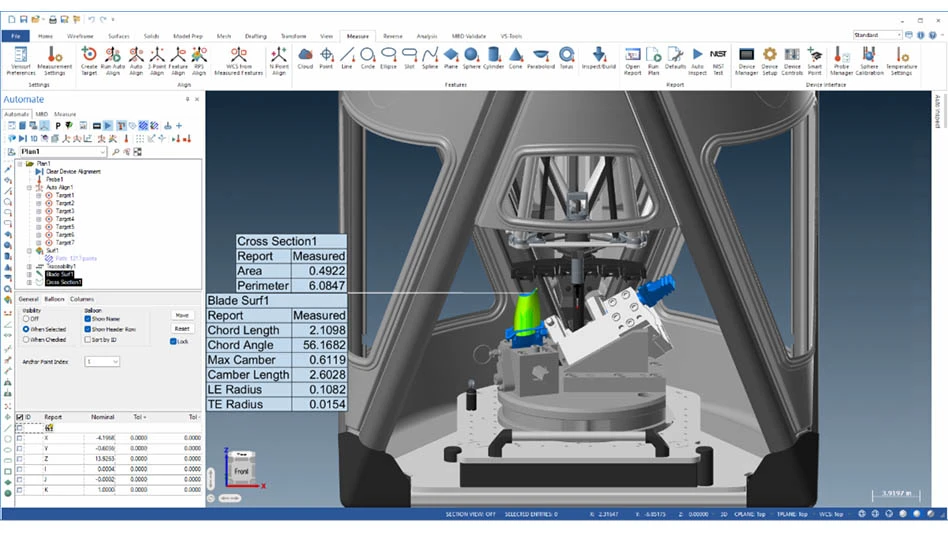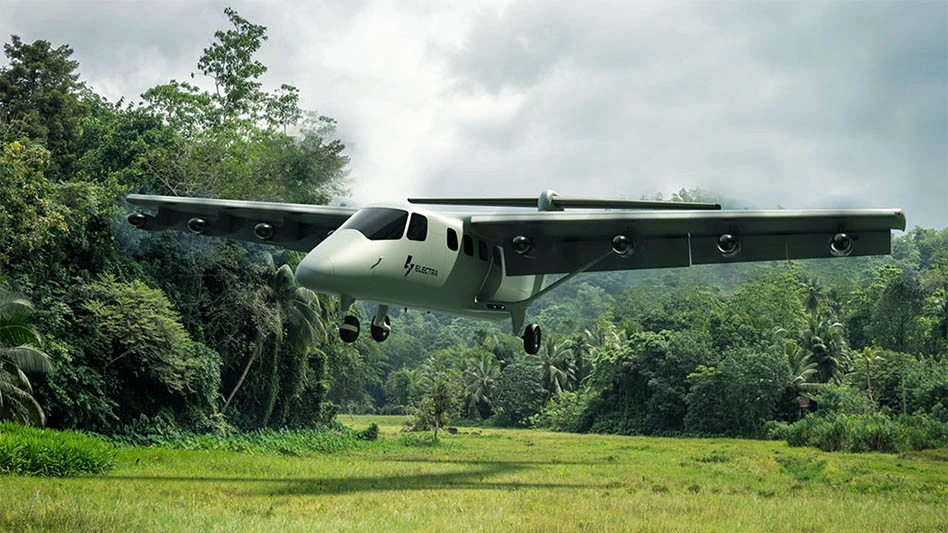
Embraer
Embraer recently gathered shareholders, investors, and financial analysts at the headquarters of B3, the São Paulo, Brazil Stock Exchange, to mark 35 years as a publicly traded company, amidst celebrations for its 55th anniversary, which was observed on August 19. During the event, company executives detailed their growth strategy for the coming years and the reasons behind the strengthening of the company's financial performance in recent years.
"We are currently reaping the results of an intense cycle of investments in our existing product portfolio, leading to a significant increase in revenue and profitability. The capital market has acknowledged this prosperous period for Embraer through the substantial appreciation of our shares this year. We are optimistic and confident about the future, ready to deliver very positive results in 2024,” says Embraer's CFO, Antonio Carlos Garcia.
With an order book at its highest level in seven years, totaling $21 billion in the second quarter, the company projects to conclude 2024 with revenues between $6.0 and $6.4 billion. Since 2020, the company has seen a 49.8% increase in this metric, considering the closing of Q2 2024. The adjusted EBIT margin, which was negative (-2.7%) in 2020, is expected to close 2024 approximately 10 percentage points higher, in the range of 6.5% to 7.5%.
In response to the increased aircraft production and anticipated future growth, Embraer is investing in initiatives such as the development of new technologies, expansion of aeronautical services, and projects aimed at improving and expanding industrial activity. As Brazil's largest exporter of high technology, the company is well-positioned across all its operational segments: commercial aviation, business aviation, defense, and services.
With 9,000 aircraft produced and delivered to more than 100 countries and a modern portfolio of products, Embraer has registered more than 800 patents.
“The Brazilian aeronautical industry is a global reference, and we are proud to celebrate Embraer and its history of achievements. We have been producing aircraft for 55 years, developing cutting-edge technology, training highly qualified people and contributing to the development of society,” said Francisco Gomes Neto, president and CEO of Embraer. “We look to the future with confidence in the ability of our people to carry forward this legacy with efficiency, quality, innovation, social responsibility and a commitment to a more sustainable aviation.”
Establishing a company capable of transforming science and technology into engineering and industrial capacity became a reality on August 19, 1969, creating Embraer, a mixed-capital company with state control. The first mission was to conduct the improvement, certification and serialized production of the IPD 6504 project that gave rise to the EMB-110 Bandeirante aircraft, under the leadership of the engineer Ozires Silva at CTA.
In January 1970, Embraer began its industrial operations in the town of São José dos Campos, with additional orders from the Brazilian government to produce the Italian military jet Xavante and the EMB-200 Ipanema crop-duster. In its first decade of existence, the company promoted key contributions to national integration through the aircraft, which strengthened the regional aviation sector, developed the executive turboprop aircraft EMB-121 Xingu and began its first exports.
In the 1980s, with a growing international presence, Embraer innovated in the development of the EMB-312 Tucano military training turboprop, the 30-seater commercial aircraft EMB-120 Brasilia, and the subsonic jet AMX, a cooperation between Brazil and Italy.
A period of financial turbulence resulted in company privatization in December 1994. The combination of a culture of technical excellence with business agility gave the new organization a push to quickly recover and regain its leadership in regional aviation, with the start of deliveries of the ERJ-145 family of jets, with a capacity of 37 to 50 seats, in 1996.
At the turn of the 2000s, Embraer was among the largest Brazilian exporters company and developed a new family of commercial aircraft, the E-Jets, in the up to 150 seats segment. Listed on the São Paulo and New York stock exchanges, with production lines in Brazil and China, the company's global expansion followed a diversification strategy that established the executive aviation division by launching the business jets Legacy 600/650, Phenom 100, Phenom 300, Lineage 1000, and Legacy 450/500.
In defense, the new EMB-314 Super Tucano light attack and trainer began operations in the colors of the Brazilian Air Force (FAB) and began studies for a multi-mission aircraft, the C-390. The company also founded the Embraer Institute to conduct the company's social actions in a structured manner, focusing mainly on education.
Since 2010, Embraer has experienced a strong internationalization process, with industrial activities consolidated in Brazil, the USA, Portugal, and Mexico. The company expanded its service and support network under a dedicated business unit and consolidated the defense and security area to develop projects on land, sea, space and cybersecurity through acquisitions and formation of strategic technology companies. In the second half of the decade, second-generation E-Jets, the E2, the Praetor 500 and Praetor 600 mid-size executive jets and the C-390 arrived on the market.
Disruptive projects and partnerships also enabled the beginning of new businesses and the creation of Eve, designed to accelerate the development of the Urban Air Mobility ecosystem.
Today, with more than 19,000 employees and a truly global presence, Embraer is strengthening its position as a competitive company focused on building the sustainable aviation of the future.

Latest from Aerospace Manufacturing and Design
- Simplify your shop floor operations while ensuring quality parts
- Happy Independence Day - July 4th
- Bombardier receives firm order for 50 Challenger, Global jets
- Automatic miter bandsaw
- SAS orders 45 Embraer E2 jets with options for 10 more
- Height measuring instrument
- Shopfloor Connectivity Roundtable with Renishaw & SMW Autoblok
- Moog expands space actuation, avionics manufacturing





